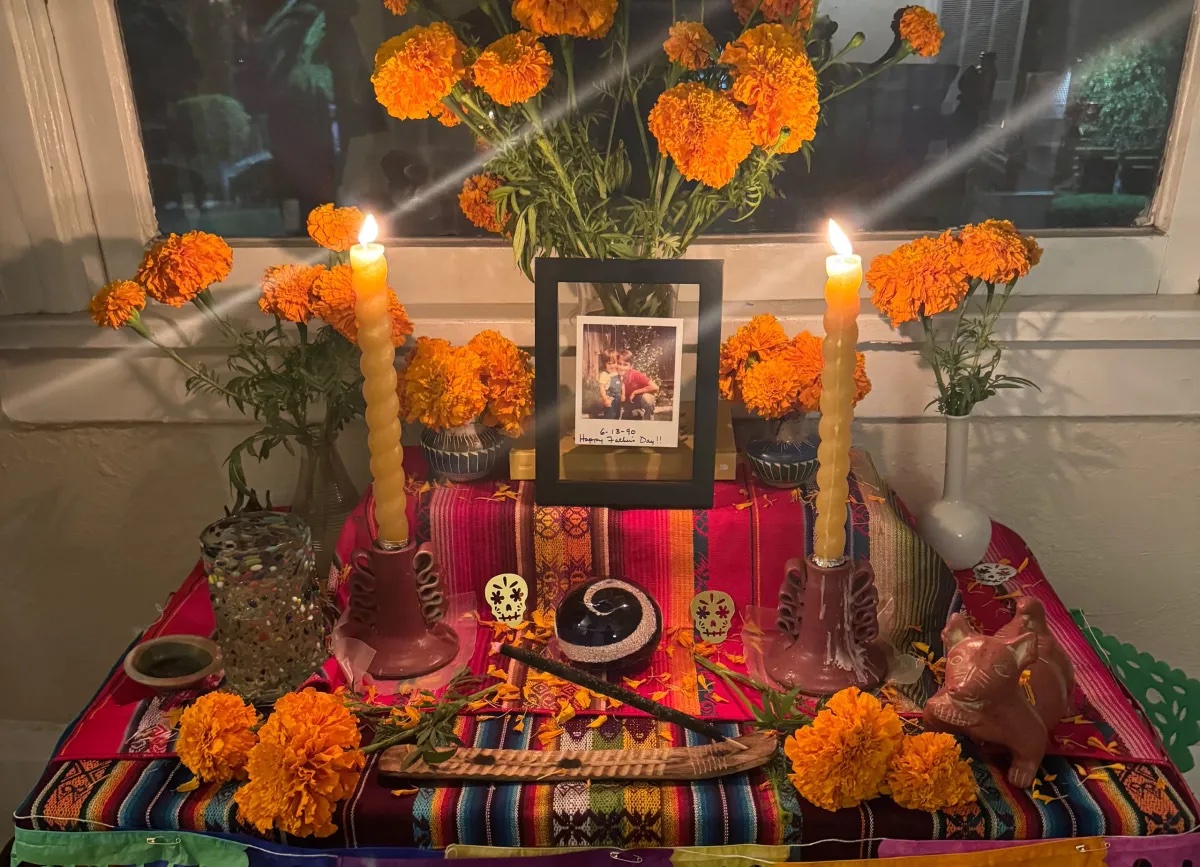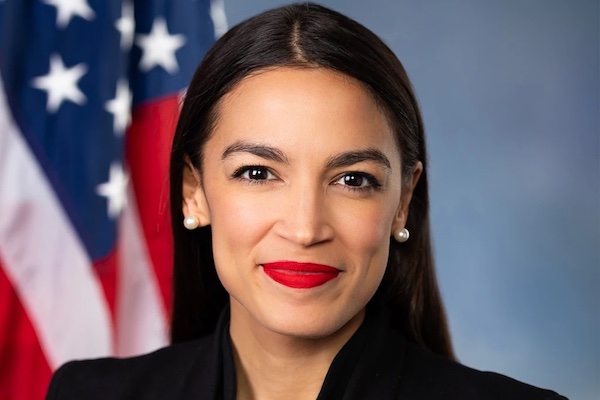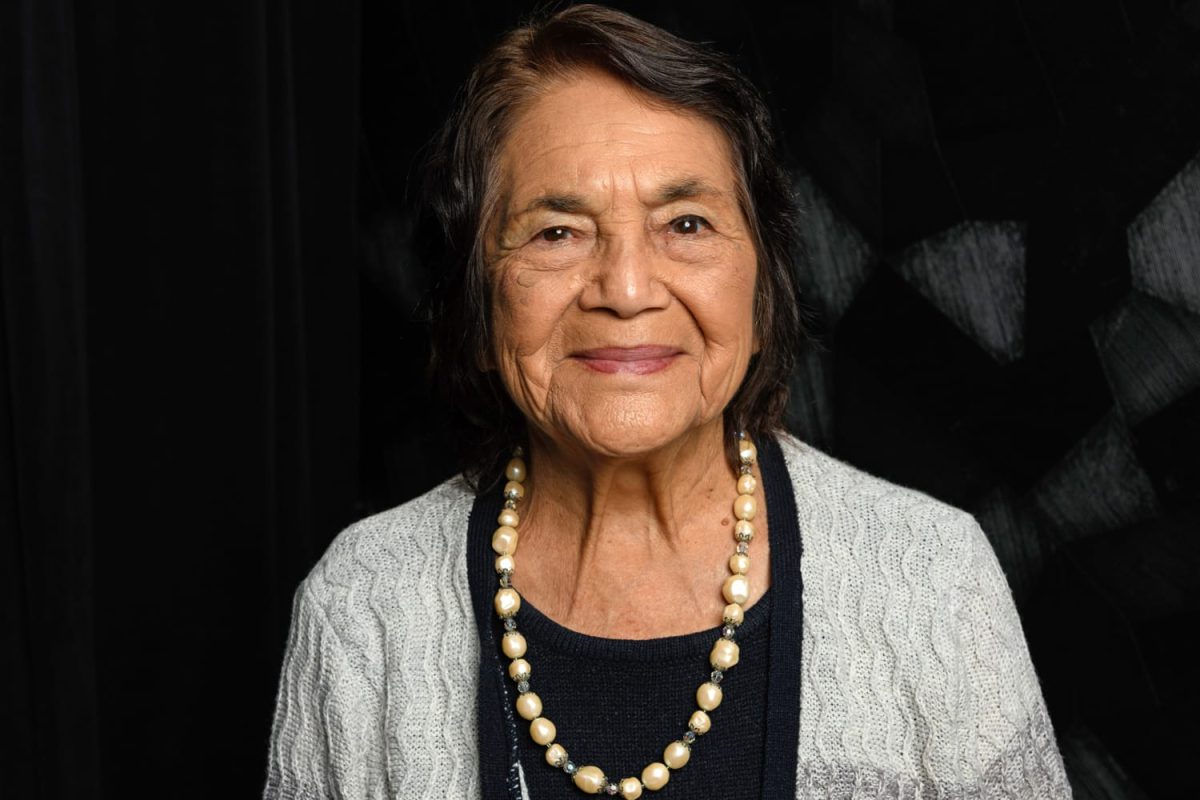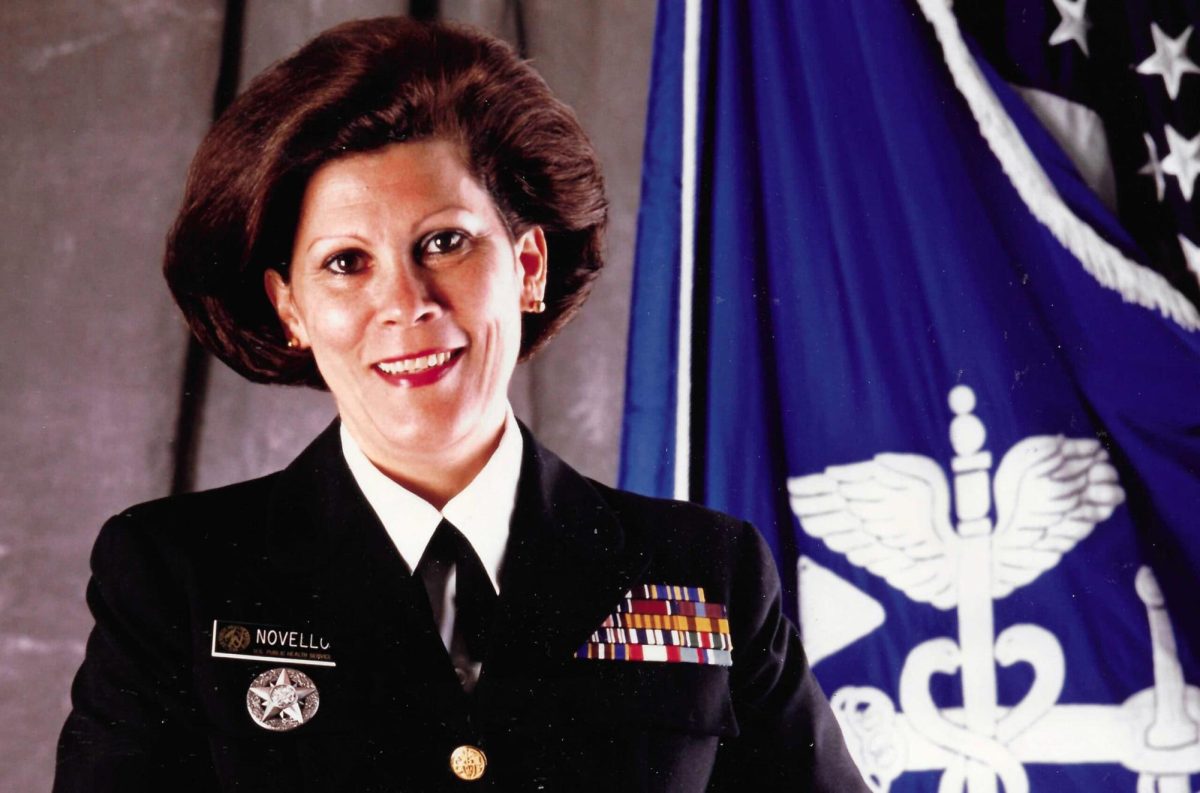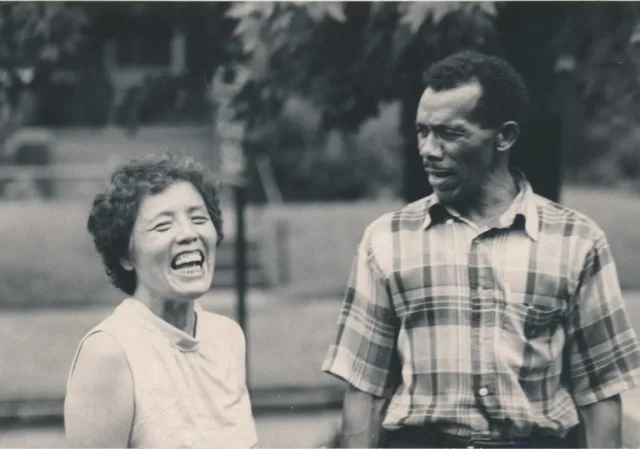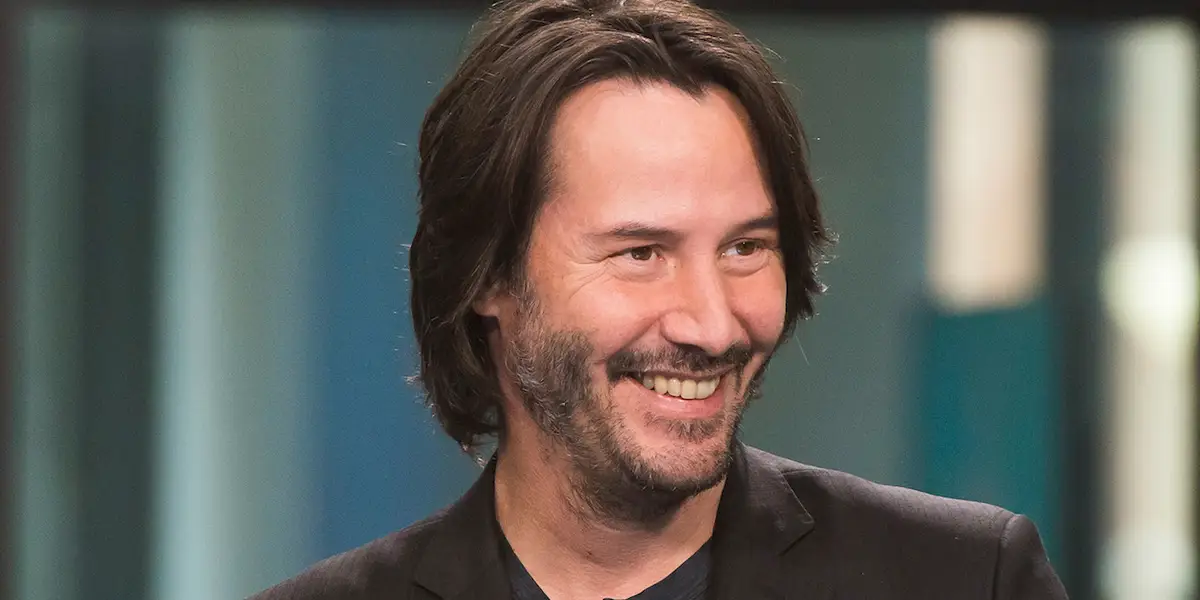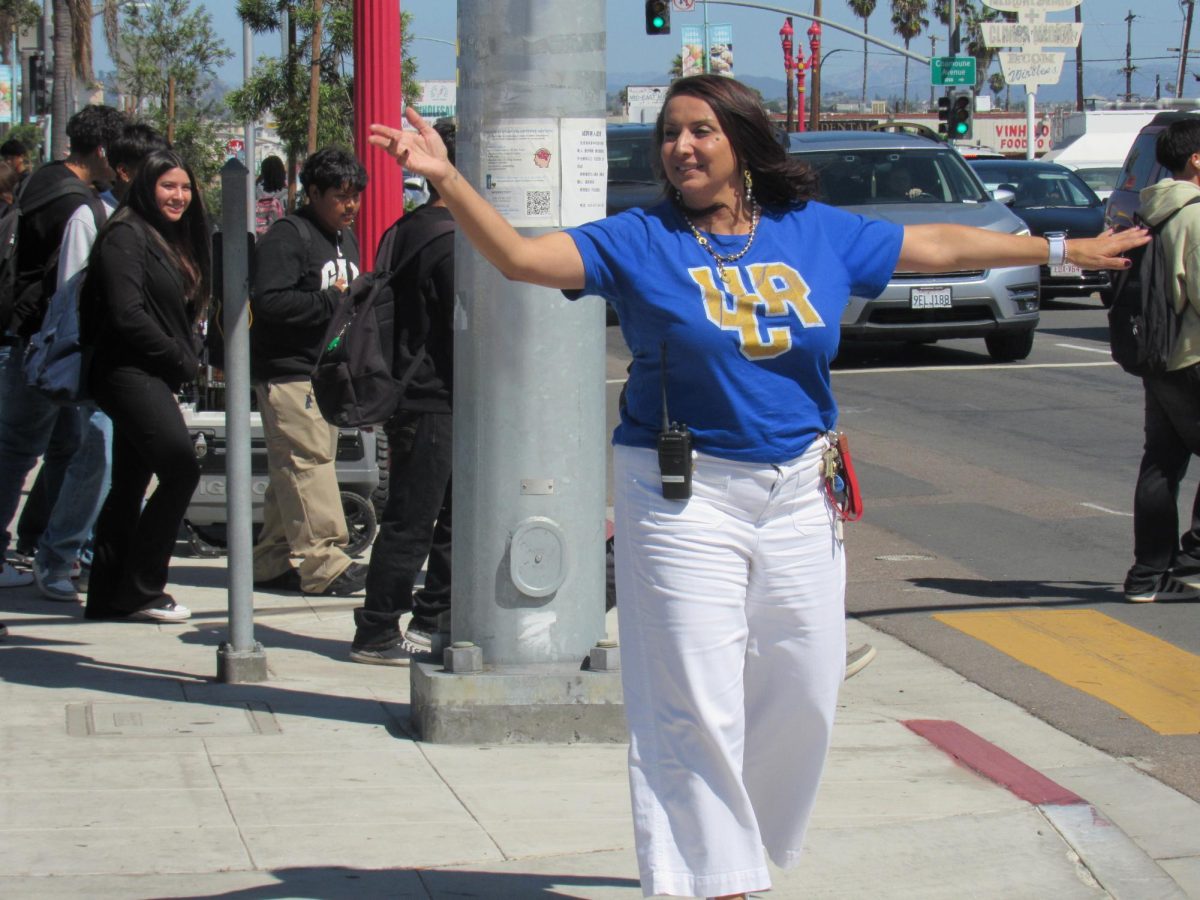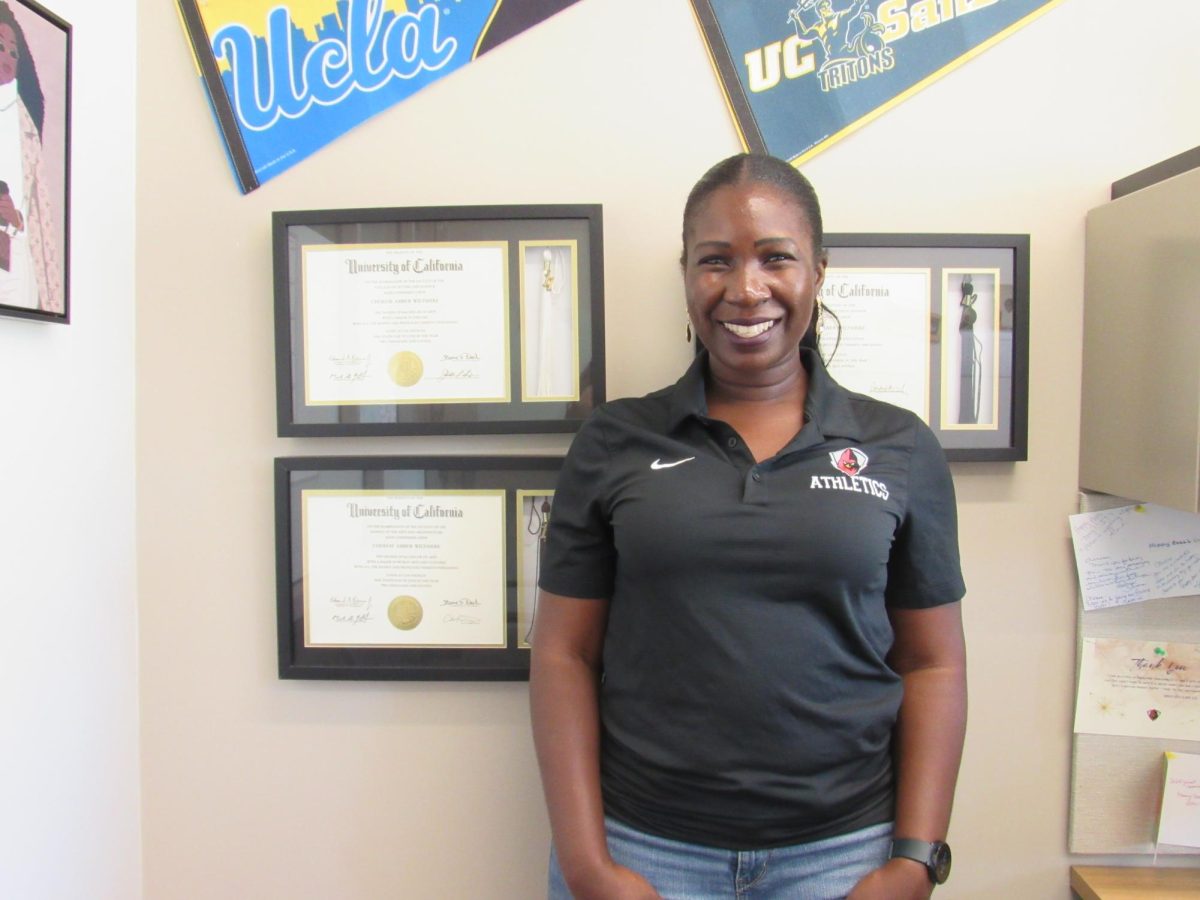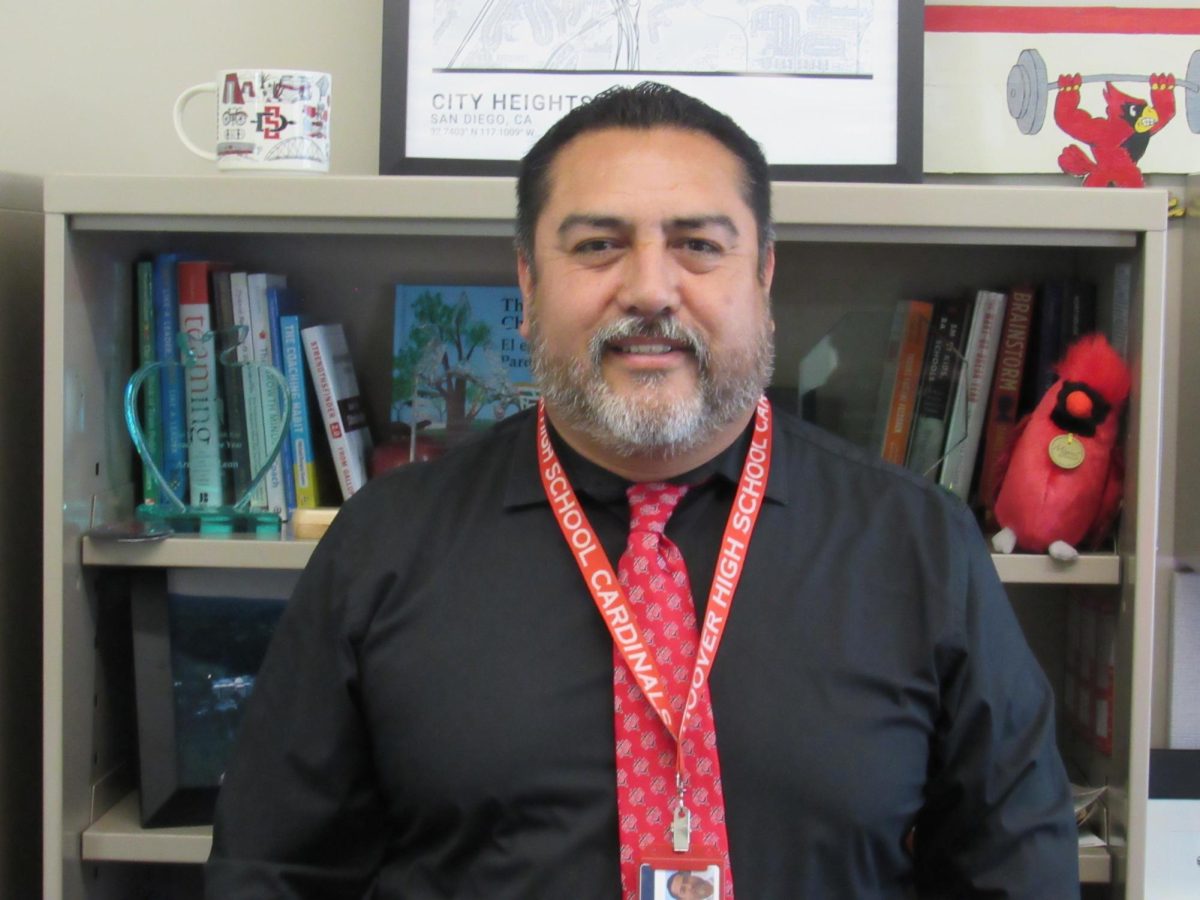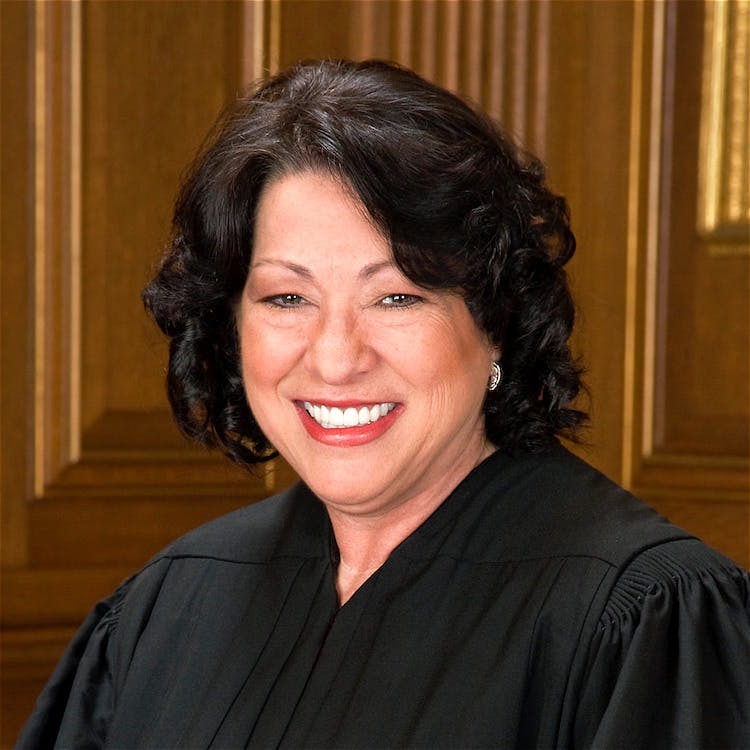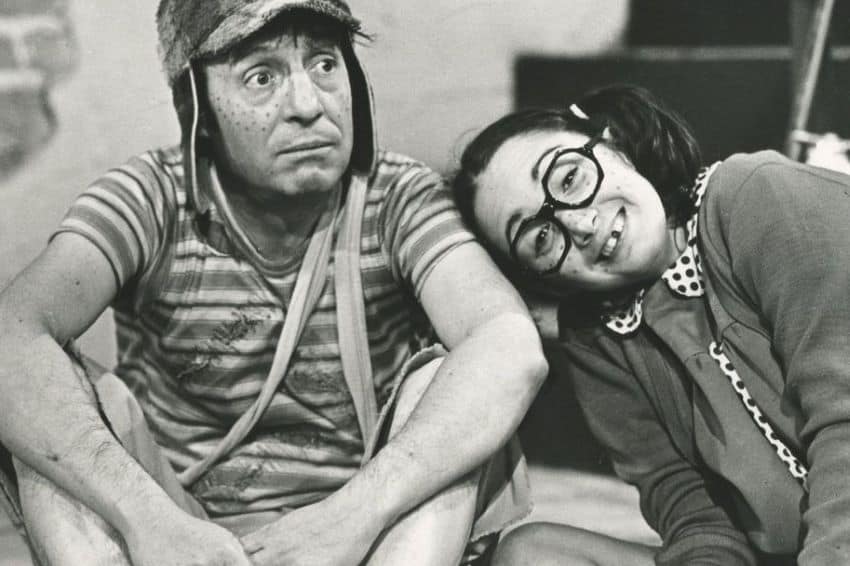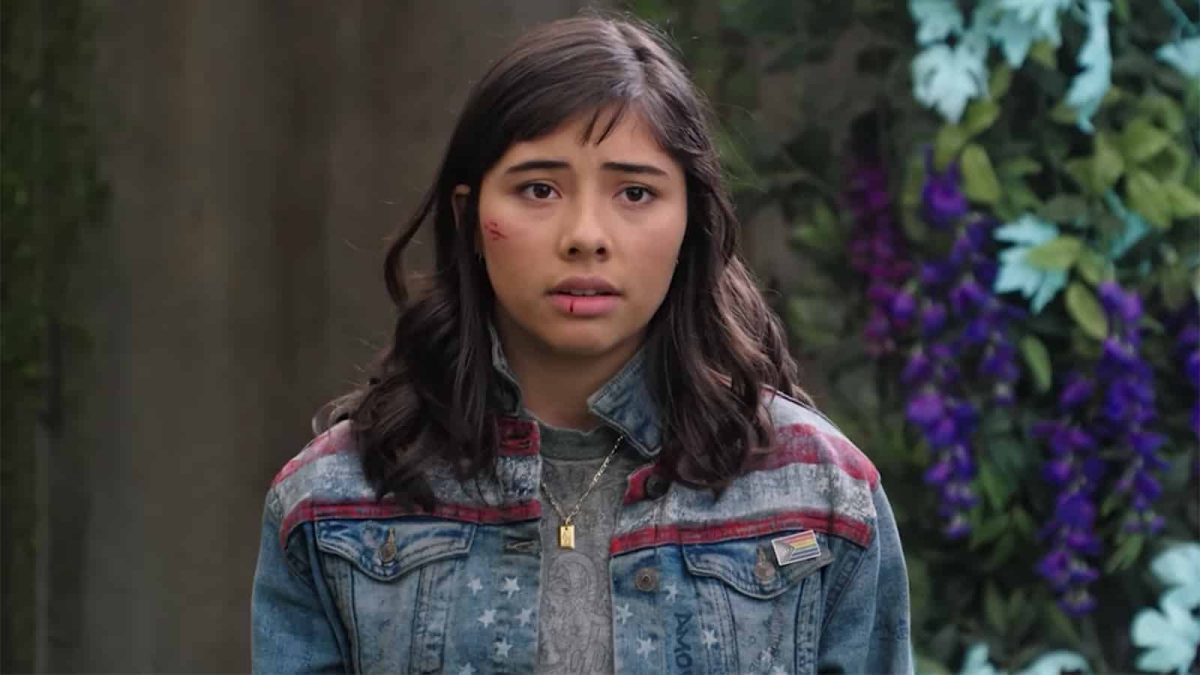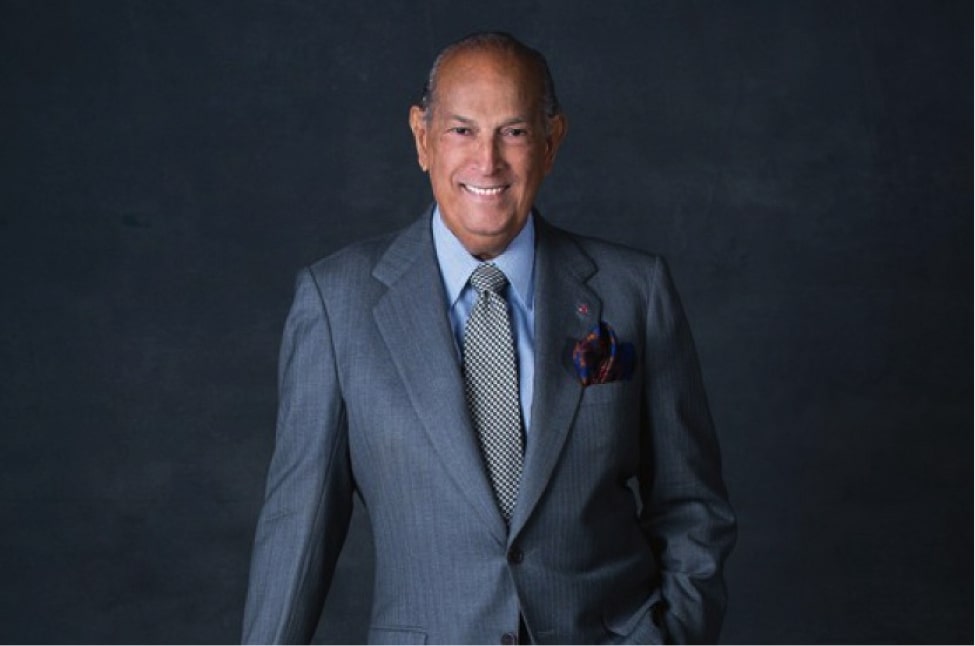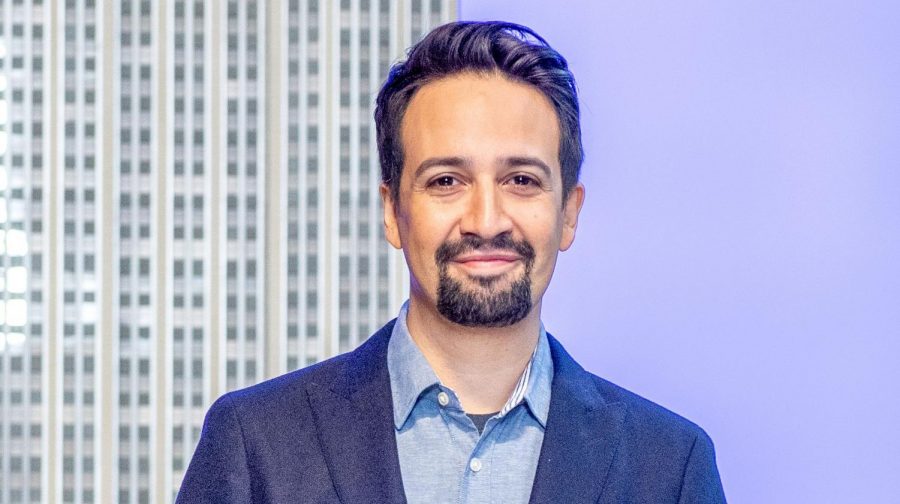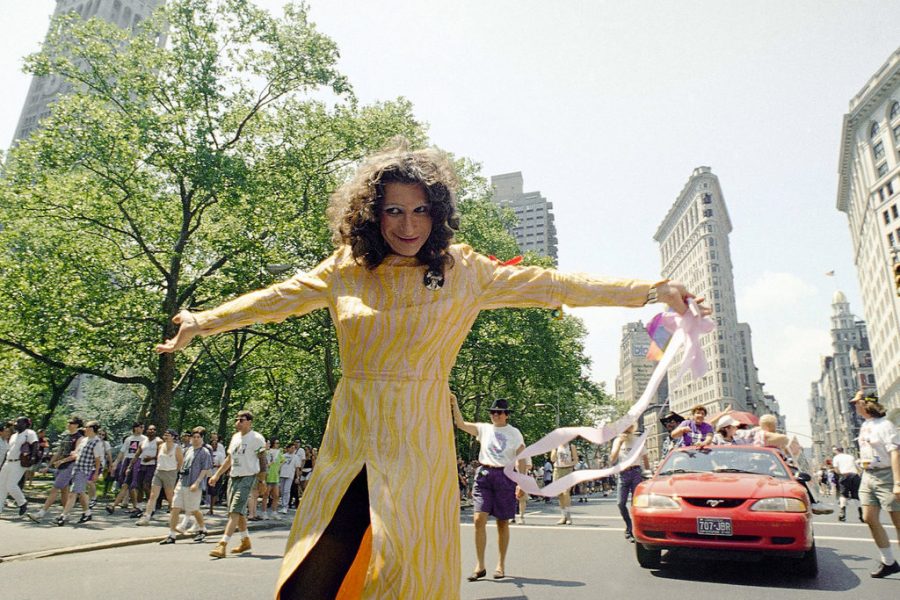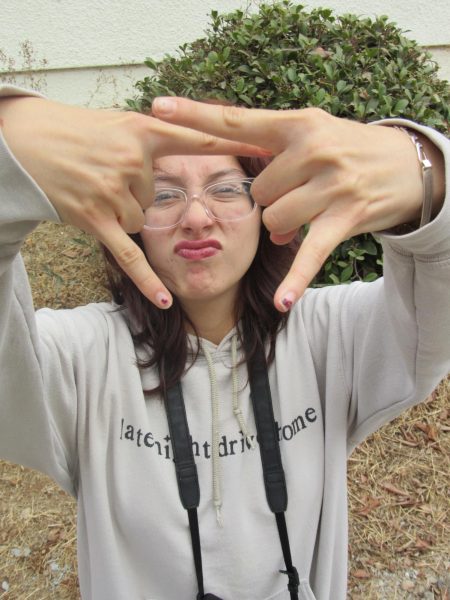Dia de los Muertos originated long before the Spanish conquistadors. The honoring of the dead started during the Aztec Empire.
People have been celebrating “Day Of The Dead,” infused with Catholicism to create the celebration we know today. The spiritual holiday was originally intended to celebrate the Lady of the Dead, Mictēcacihuātl, Queen of Mictlān which means the (the underworld).
On the Contrary to mourning of most gatherings around death, Dia de los Muertos is seen as a yearly celebration where the people who have passed on have the opportunities to visit their families and loved ones. The living create ofrendas which is an offering of food, to a deceased person, with colorful decorations, often depicting death in a very humorous and light-hearted way.
Copal incense was used for ceremonies during ancient times, and it was lit to draw in the spirits and guide them to the afterlife and in this case the ofrendas. Clay molded sugar skulls are made painted with decorative feathers, icing and foil added with the names of the deceased written across the foreheads. Altars include all four elements of life: water, the food for earth, the candle for fire, and for wind, papel picado, colorful tissue paper folk art with cut out designs to stream across the altar or the wall. Some families also include a Christian crucifix or an image of the Virgin of Guadalupe, Mexico’s patron saint in the altar.
Such beautiful ideology and history has been passed on from generation to generation. Day of the Dead is a holiday that anyone can celebrate, regardless of cultural heritage. Ideally, it should remind us of our commonalities as humans. And for us to remember who must not be forgotten.

